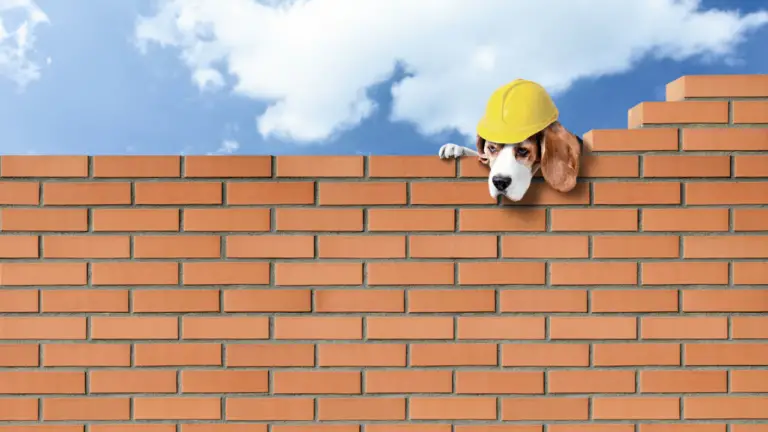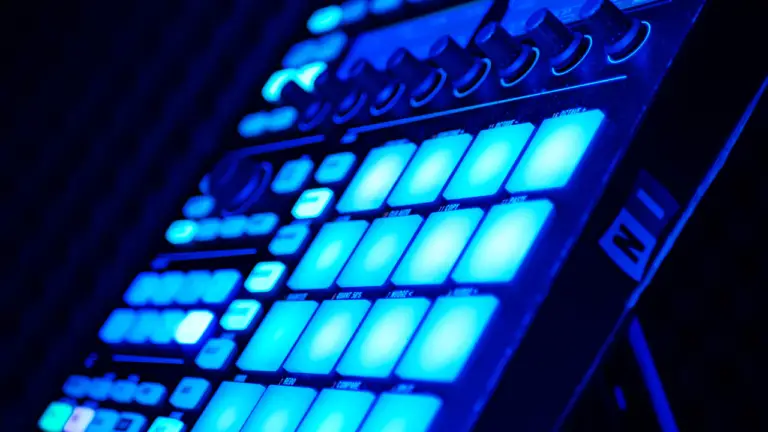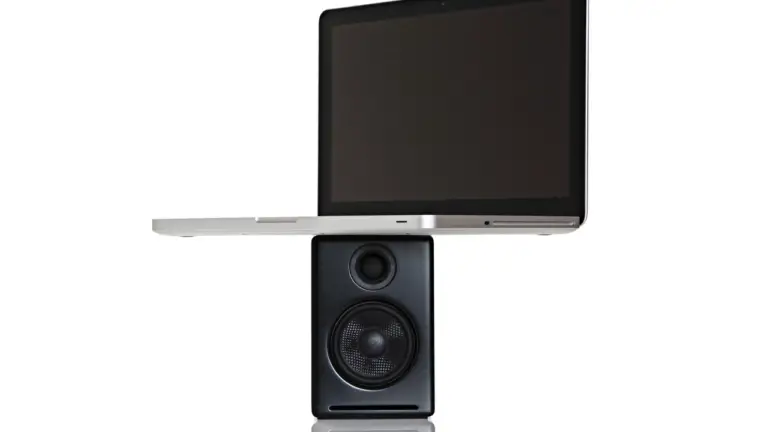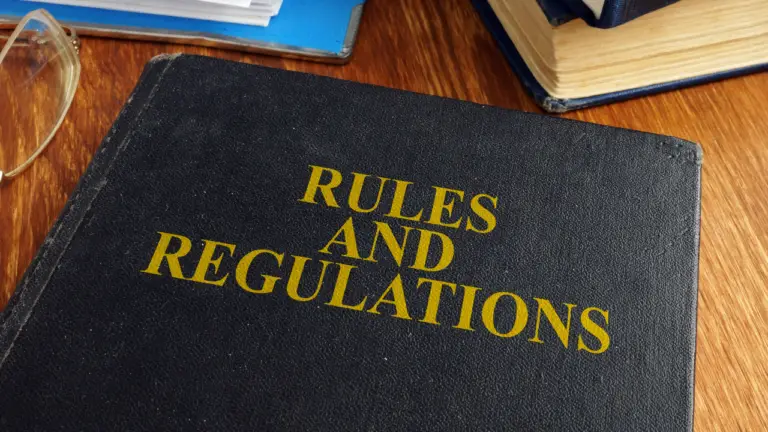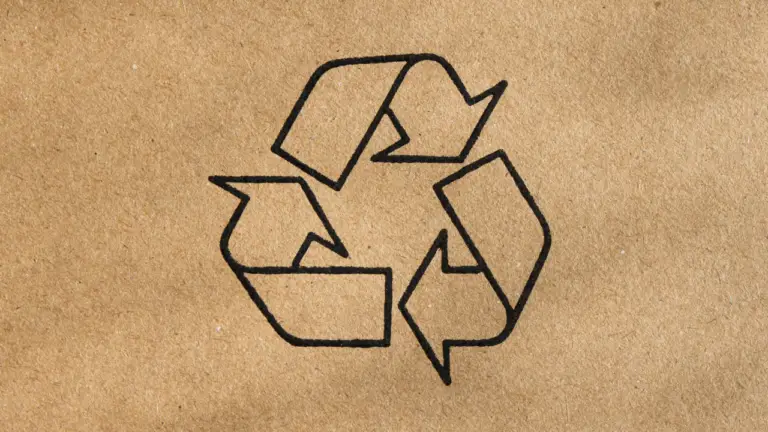How To Make Your Drop Hit Hard
If you’re producing EDM music, the drop is probably the most important section of the track. It’s the part right after the atmospheric buildup; the part where everything suddenly hits the listener at once.
There’s countless examples of iconic drops throughout EDM history. Have a listen to the drop in Axwell’s remix of ‘In My Mind’ (starts at 0:52):
But what is it that makes a drop hard-hitting, memorable, and something you want to go back and listen to again and again?
The Qualities of a Great Drop
In my opinion, these are the qualities that make a hard-hitting and memorable drop:
- A catchy melody that sticks in the listener’s head
- A complimentary bassline/chords
- ‘Punchy’ drums that cut through the mix
- Heavy contrast between the buildup and drop
All of the iconic drops heard throughout EDM history seem to share these qualities, no matter the sub-genre, tempo, or vibe.
Let’s dive into these qualities in more detail to find out what they really mean, and how we as producers can achieve them in our own tracks.
Contrast Between Buildup and Drop
Contrast is something that is sort of drilled in producer’s heads when they learn about songwriting and arrangement, and for good reason. In EDM, it’s vital.
If you’ve ever made a 4-bar or 8-bar loop in your DAW, you might have experienced this feeling: it sounds great at first, but after a while, it starts to get old. You’ve been hearing the same loop 50 times in a row. It just doesn’t sound as good anymore.
This is what your listeners will feel if there’s no contrast in your song. And it’s what your listeners will feel in the drop if there’s no contrast to the buildup.
If you listen to great EDM tracks, there’s a reason why everyone loves them so much. The drop is ‘different’ to the buildup. It sounds different. It feels different. The energy is different. It’s probably much higher in terms of energy than the buildup.
This ‘difference’ is what makes the drop interesting and ‘hard-hitting’.
This is why buildups tend not to have the kick drum playing – you might hear claps and hi-hats, but not the kick. It’s much better to have it in the drop, which is the highest peak of energy in the track.
It’s also why you’ll often hear in a lot of EDM tracks, right before the drop, the instruments will all suddenly stop for about a second, before coming back again for the drop. This is demonstrated in Calvin Harris’ hit tune, ‘Miracle’ (2:12):
This concept isn’t just an ‘EDM thing’, either. Contrast is used in all genres and all styles of music. Even the old classical composers like Mozart and Beethoven were using it in their works. They loved the idea of writing a slow, quieter, calmer section of the song, then suddenly interrupting with a burst of chaotic frenzy.
You don’t have to be a classical composer or the leader of an orchestra to do this. You just have to remember the simple rule:
It’s all about ‘contrast’.
Writing a Memorable Melody
The staple of a great drop is the melody. You want to create a melody that listeners remember; a melody that makes them come back and listen to your drop again and again. This is what people will think of when they think of your song!
Since the melody is the main, defining element of your track, it is imperative that you get it right. It’s way more important than something like mixing or mastering (although they are important too!).
When writing a melody, it helps not to be starting from scratch. If you can, write a bassline and chords BEFORE you start on the melody. It’s a lot easier to write a melody on top of already-written chords, than to try and write one from scratch. Think of your chords and bassline as ‘guidelines’.
Repeat this rule in your head: repetition with variation. You want to repeat notes and phrases throughout the melody, to make it memorable. At the same time, you want a bit of variety, to make it interesting and unpredictable.
If you think of your favorite melodies from tracks you love, they probably follow this rule. The human brain loves patterns that repeat, but gets bored if they repeat too much.
There’s a fine balance between these two, and your job as a songwriter is to strike that balance. Repetition, with variation.
Finally, don’t feel like you have to rush this step and go with the first melody that comes to mind. Take your time. This is the most important element in your entire song, so it’s okay to spend a bit more time and effort on it. Do your best!
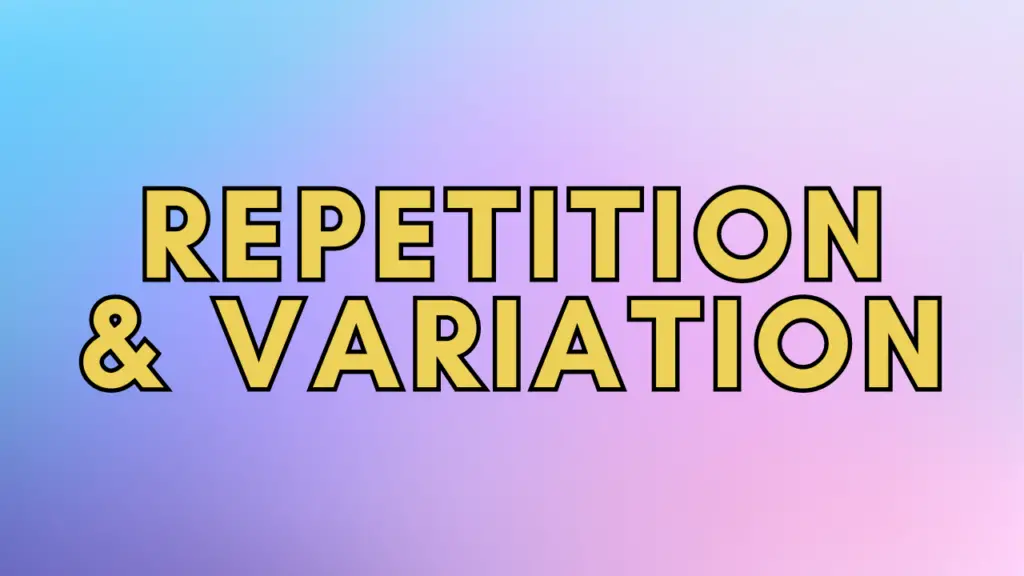
How To Make Your Drums ‘Punchy’
The drop is usually where all the drum samples are playing. This gives it a ‘high-energy’ feel, to make it the peak of the song.
You want your drums to hit hard and cut – or ‘punch‘ – through the mix.
Whether you’re producing house, trap, future bass, pop, or any other kind of electronic music, this is an important concept. A flat, static drop will completely kill the whole vibe of your track.
When focusing on making the drums hit hard, you should focus on the kick. The kick is the heartbeat of the song. It’s what defines the beat. It’s the sample that listeners ‘headbang’ to. The other elements are important, but if you want to make your drums punchier, you should really focus on making your kick punchier.
By the way, you don’t need to buy expensive plugins to do this. You can achieve hard-hitting drums with just the stock plugins that come with your DAW.
The first thing you need to do, from the very beginning, is select a good kick sample. The kick needs to be hard and able to cut through the rest of the mix. It needs to be ‘felt’ by the listener. Everything else is so much easier if you start with a good foundation.
After selecting a good kick sample, you should create a processing chain. We aren’t just going to process the kick, but also the other elements in our song, to help the kick achieve it’s goal of cutting through the mix. I would do it in this order:
- Saturation: Add saturation to the kick sample. This adds overtones to the frequencies, enhancing the kick and making it more pleasant to listen to. There are a number of saturation plugins that can do this, such as FabFilter’s Saturn 2 and OTT (Just make sure you don’t overdo it. It’s an art form!).
- EQ: Next, we are going to EQ the frequencies of other instruments and samples that are close to the main frequency of the kick. This is usually going to be the bassline. Put an EQ on the kick, but don’t do anything. Just have a look where the fundamental frequency is. Next, we put an EQ on the bass, and ‘carve out’ the lower frequencies, so that they don’t clash with the kick’s fundamental frequency. If there are other elements in your track at around the same low frequencies, you should do the same.
- Sidechain: Now, we can put a sidechain plugin (such as Nicky Romero’s Kickstart 2) on the other elements of the track, and ‘sidechain’ them to the kick drum. The most important element to sidechain is the bass, as it is closest to the kick in the frequency spectrum, and you don’t want them to clash. Turn up the sidechain amount to whatever sounds best to you. The thing to remember here is that the kick and bass should be complimenting each other, not fighting each other.
After doing these steps, your drums should hit a lot harder, and cut through the mix cleanly and efficiently. It’s all about that kick drum!



